
According to stories, the site would ascend to the Roman period, there is mention of a wooden watch or watchtower that was built on a river dune.
Literature sources already mention a motte-and-bailey castle from the 9th-10th century, conceived as a defense tower against the invasions of the Normans and afterwards the residence of the lords of Bornem.
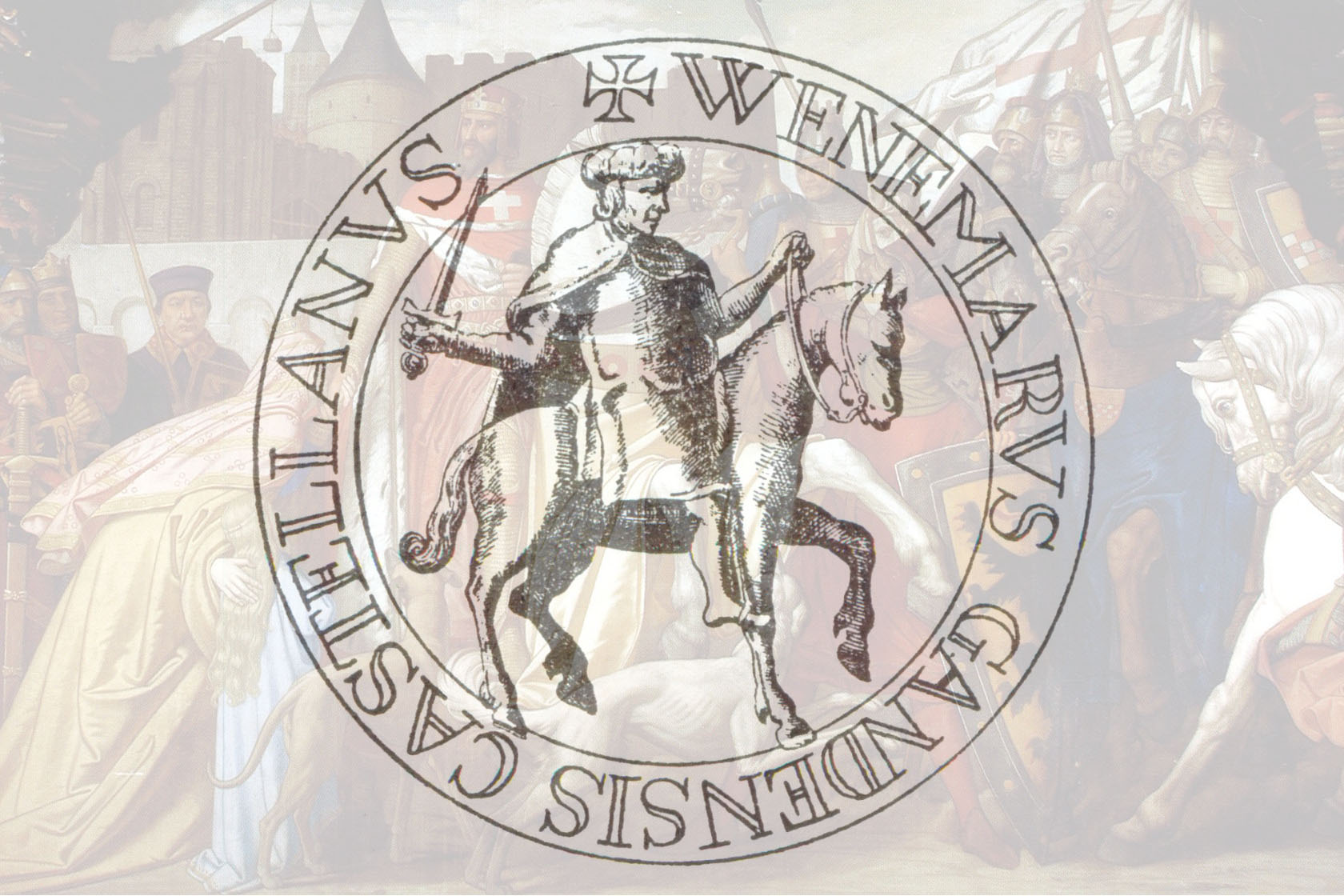
The counts of Flanders leave the management of the Land of Bornem to the powerful viscounts of Ghent, who will own the castle from the early 11th century to 1250.
Some of them left their mark, for example, Viscount Lambert I had a castellum in wood erected there. The viscounts thus contributed to the further development of the domain and had a significant impact on the daily life in and around the castle.
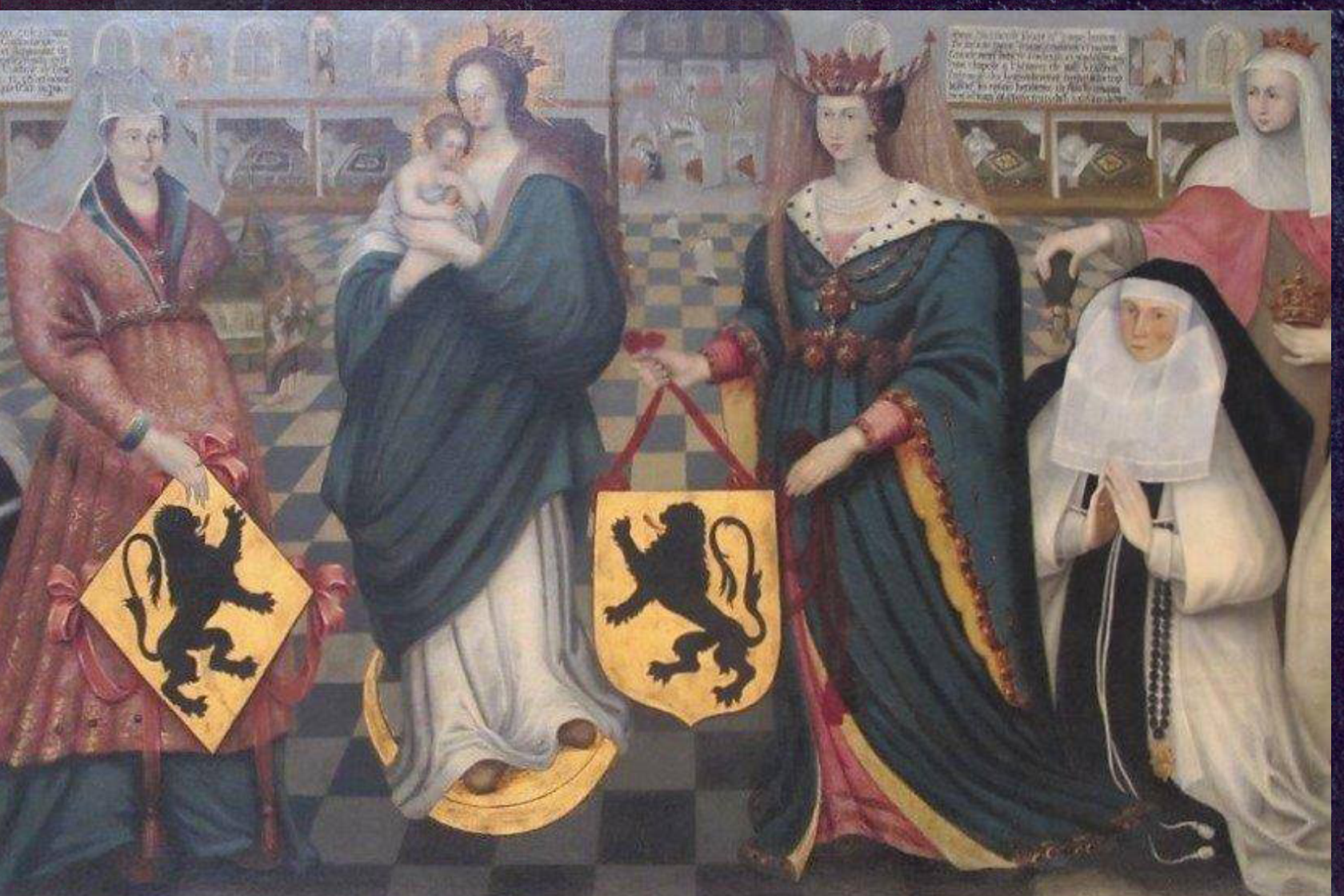
In 1250 Margaret of Constantinople, Countess of Flanders, bought the castle and the manor from the viscounts, making the castle part of the count's domain from now on.
Her great-grandson Robrecht van Kassel became lord of Bornem in 1314 and owned the river rights. In this period there are two estuary channels, the Old Scheldt which is silting up and the New Scheldt. Robrecht will dam the Old Scheldt by building the Steendamdijk and the Breendonkdijk. Both rivers were connected by a lock.
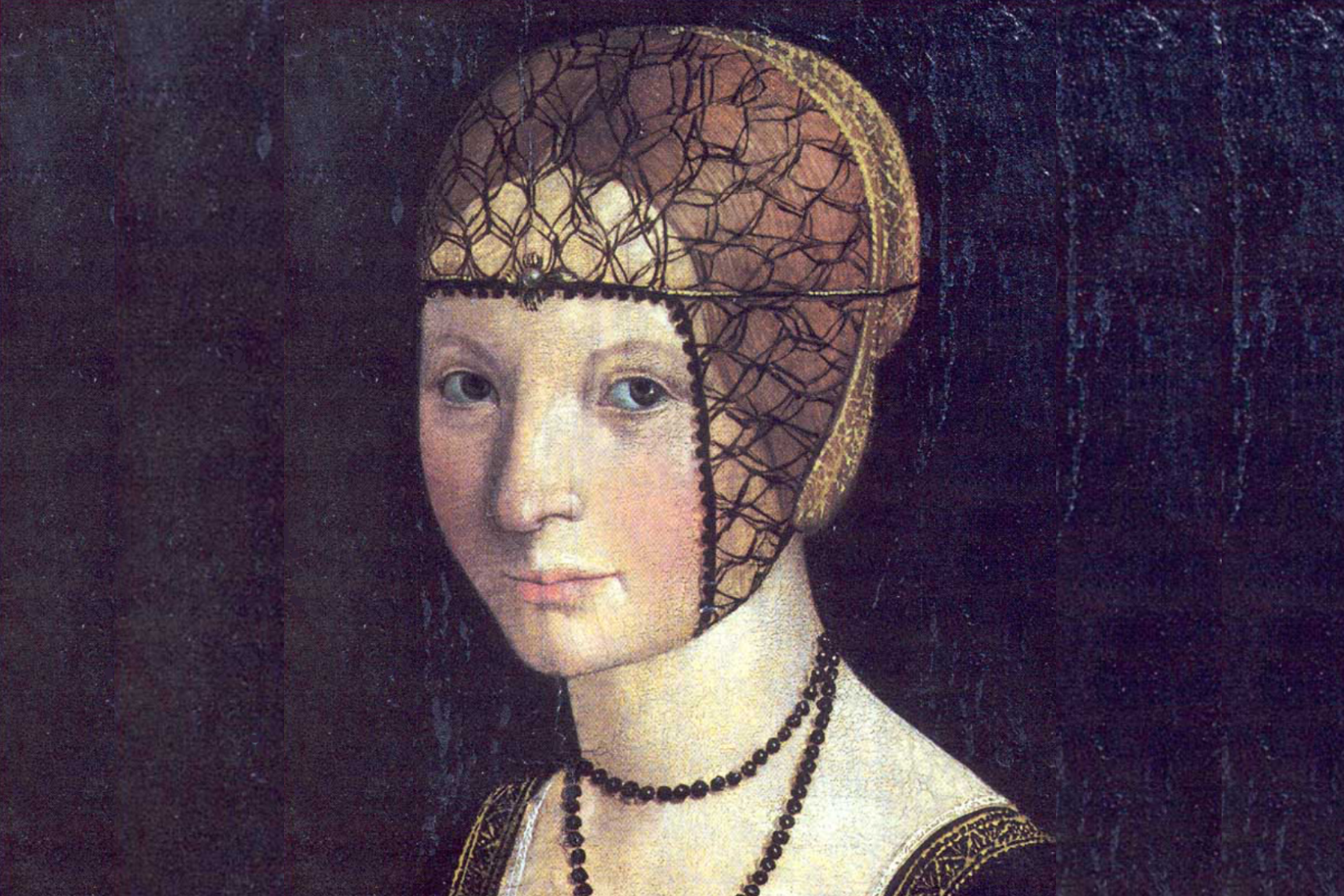
By inheritance, the Land of Bornem passed into the hands of the important families of Bar, Luxembourg and Bourbon.
In 1544, Jan van Bourbon, 31st lord of Bornem, also became the first Baron of Bornem. He exchanges the Land of Bornem for a barony in Anjou with his niece Anna of Alençon. She will later marry the Italian Marquis of Monferrato and give away the Land of Bornem, which will put it in the hands of the Gonzaga and Avalos families.
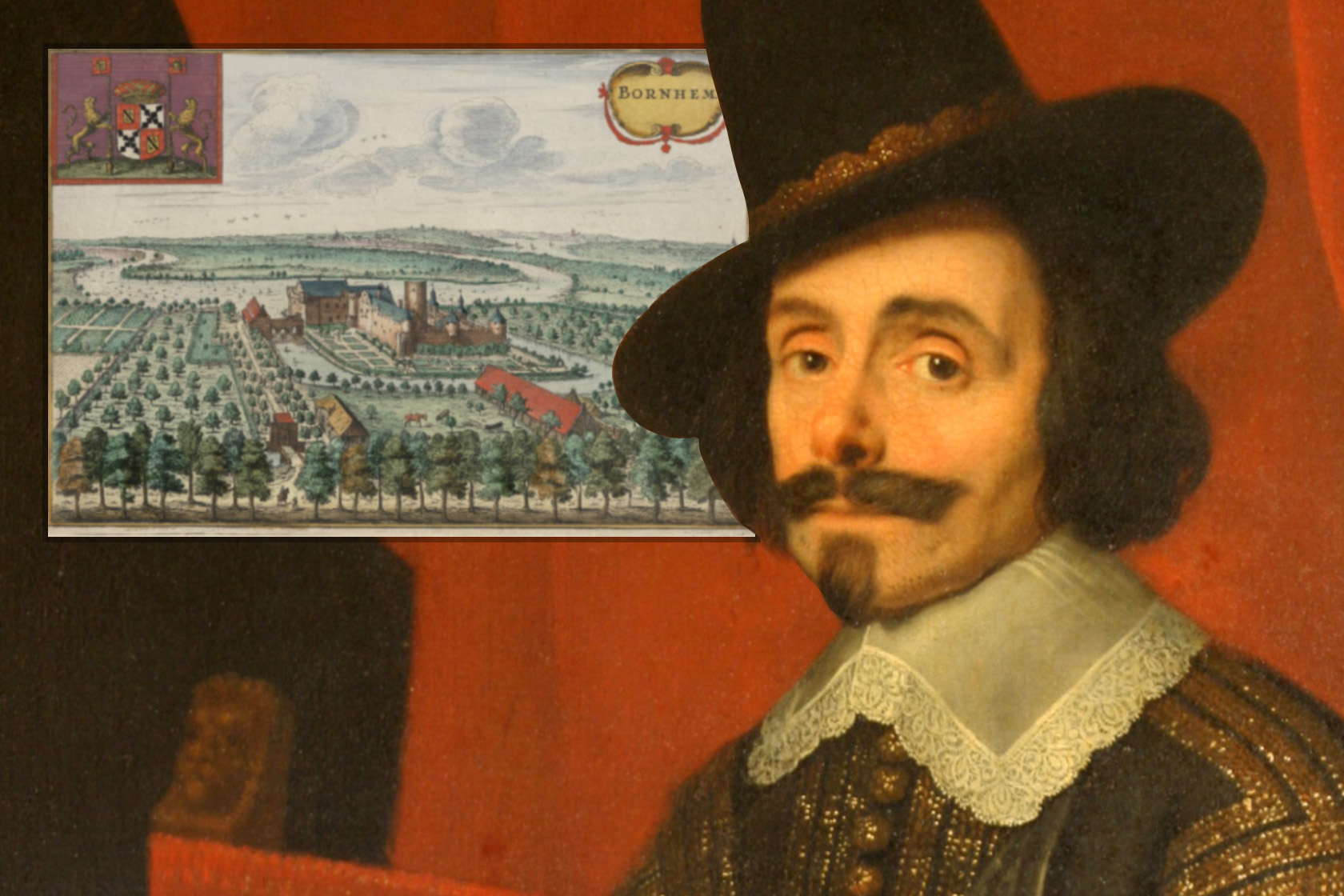
In 1586, after the fall of Antwerp, Pedro Coloma, an officer in the Spanish army, bought the manor of Bornem. He had the ruined castle rebuilt and built the Abbey of Bornem with his own resources.
At the end of the 17th century, Jean-François Coloma, grandson of Pedro Coloma, was elevated to the 1st count of Bornem by the Spanish King Philip IV.
The engraving by Sanderus in his Flandria Illustrata (1641) gives a good impression of the appearance of the castle at that time.
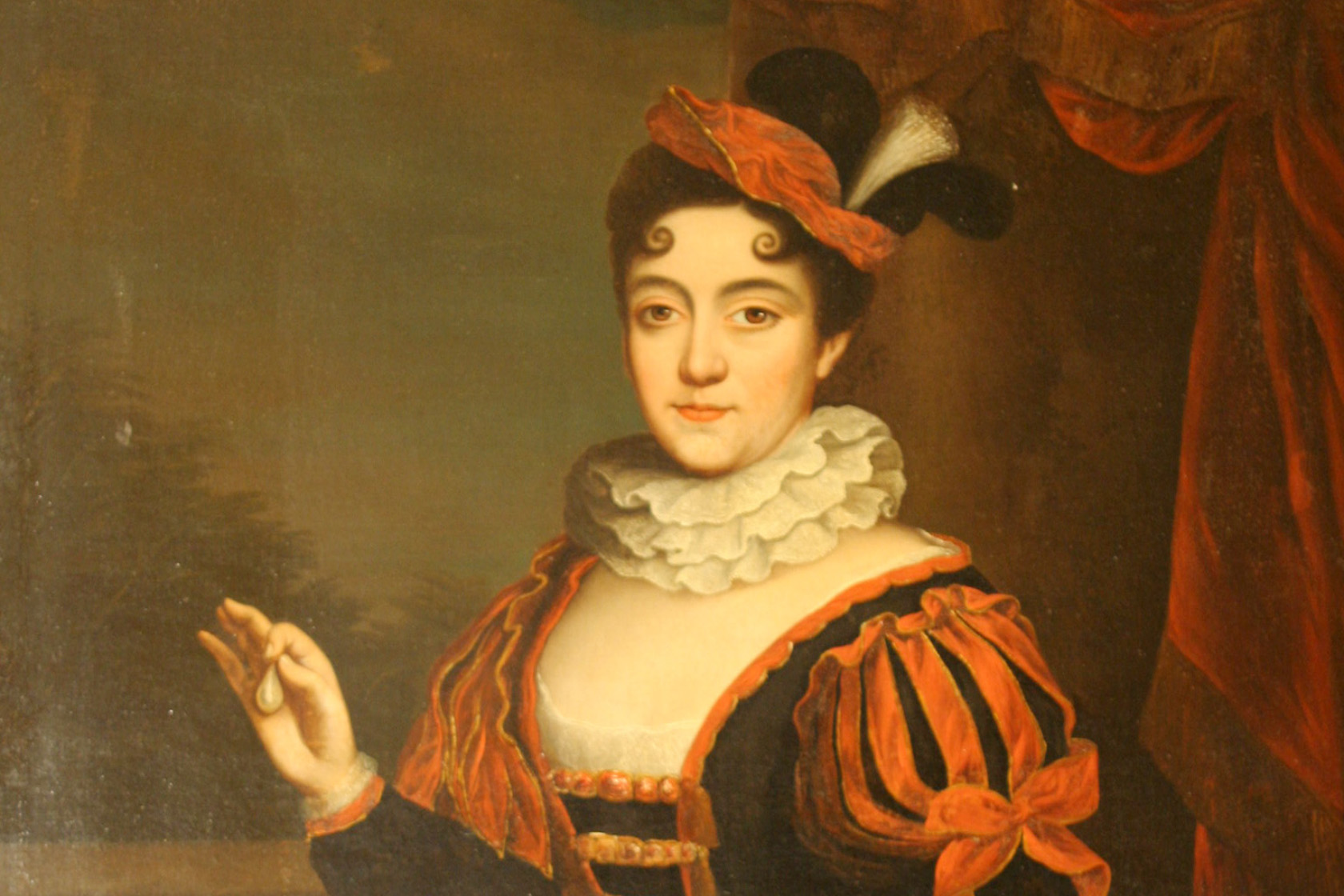
The daughter of the first Count of Bornem, Countess Marie Florence de Coloma, married Jean-Théodore de Corswarem in 1694. Their daughter Anne marries Philippe Adrien François de Marbais.
Their son Bernard, who is childless, appoints his nephew Adrianus de Lannoy as successor, but he does not accept the inheritance and leaves it to his sister Eléonore-Aldegonde de Lannoy.
Since she is married to Baudry de Marnix, the domain thus passed into the hands of the Marnix family in 1780 and their son Claude became the 7th Count of Bornem.
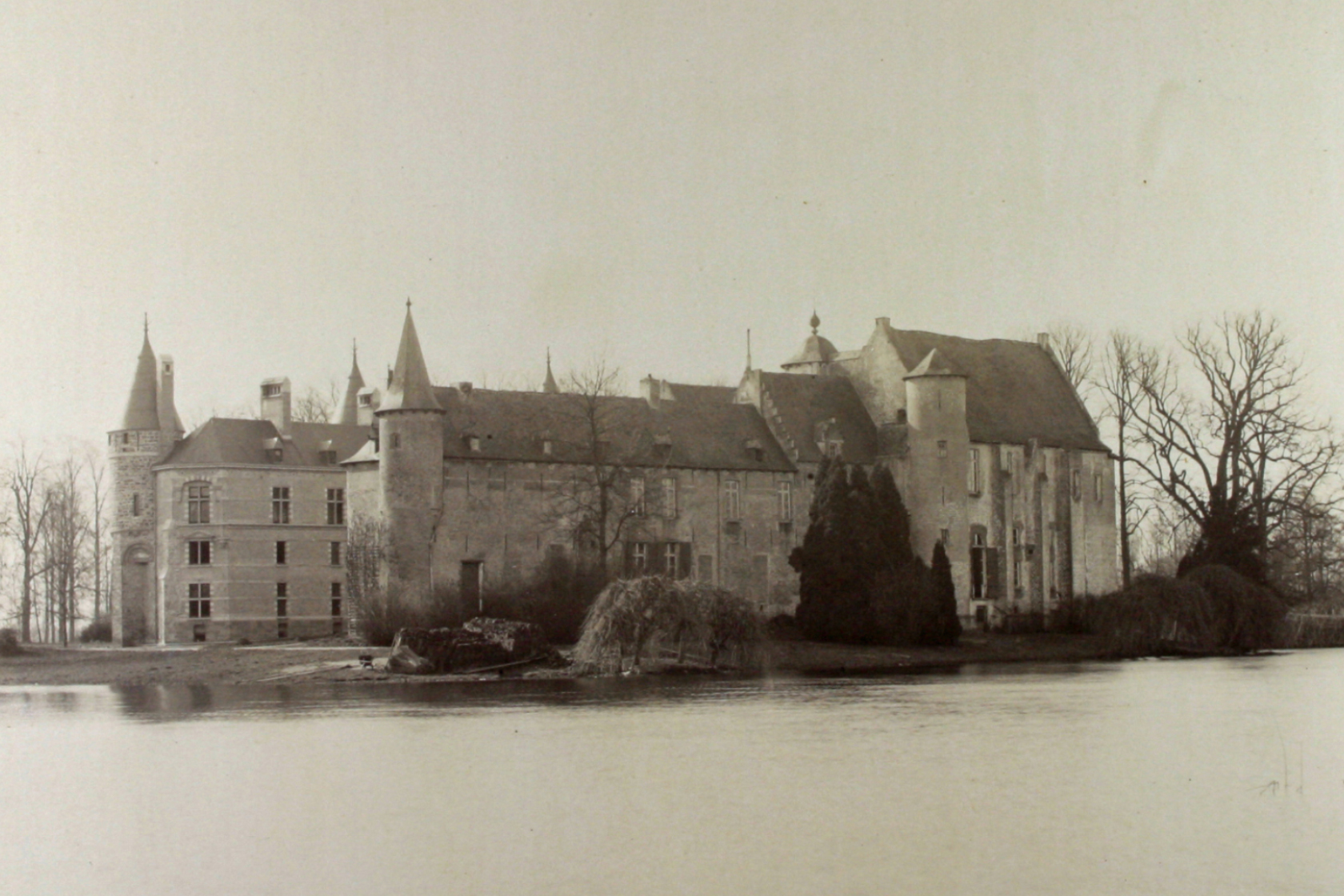
Commissioned by Ferdinand Jozef, 11th Count of Bornem and married to Adriana de Marnix, the family started a thorough renovation of the castle and the outbuildings. Under the direction of architect Hendrik Beyaert, the former Renaissance castle is almost completely demolished and rebuilt as you can still admire it today.
His son John I de Marnix will then manage the domain for 50 years until his death in 1963.
John II de Marnix, 14th Count of Bornem and 54th "lord of the castle, has now been managing the domain and castle with heart and soul for more than 50 years. In 1985 he opened part of the castle grounds to the public and today there are even more concrete plans to showcase this unique piece of heritage.